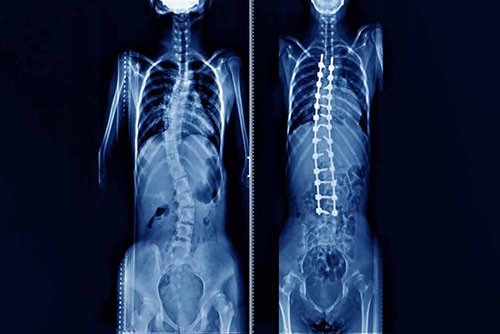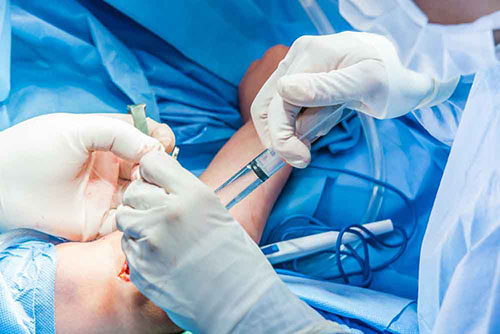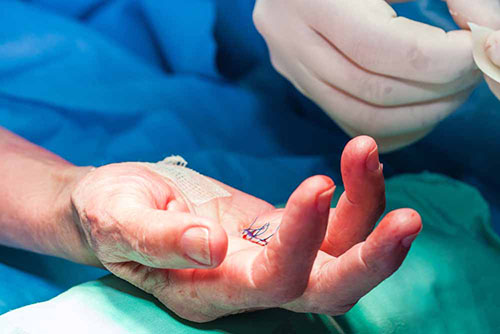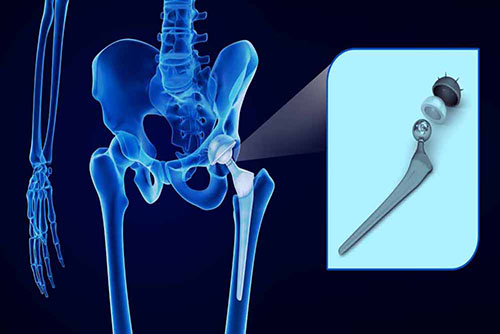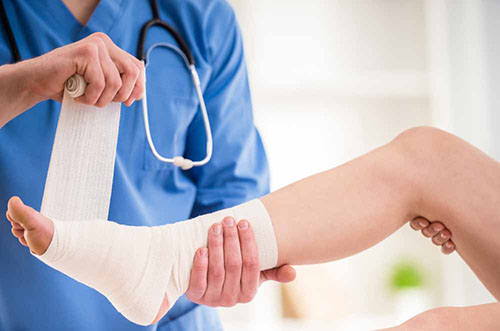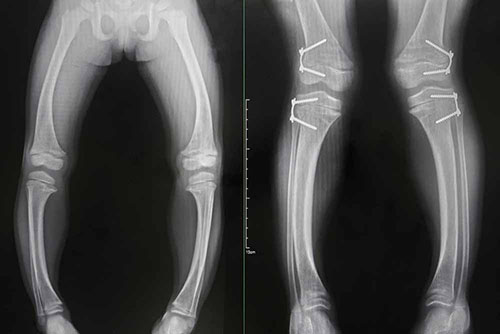Orthopedics and Traumatology
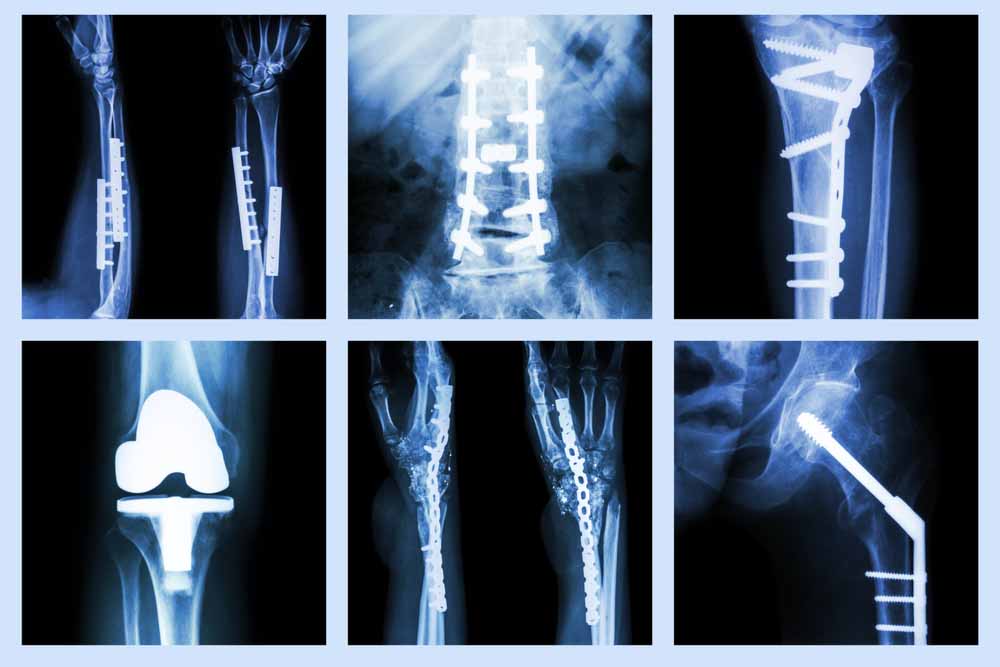
It is the branch of medicine in which treatment, follow-up, diagnosis of congenital, acquired or accidental bone-muscle diseases in the musculoskeletal system of each adult or child patient is done with using high and latest technological equipment.
It is the branch of medicine in which treatment and follow-up are carried out.
The orthopedics and traumatology department, which has specialized sub-branches and areas of special interest, achieves satisfactory results that can completely reverse the loss of movement function of the patient with its rich treatment and intervention methods.
Medical Services
In accordance with Article 10 of the Personal Data Protection Law (PDPL,KVKK) titled Data Controller's Obligation to Disclose, we use cookies in accordance with the legislation, limited to the purposes specified in the privacy policy.


